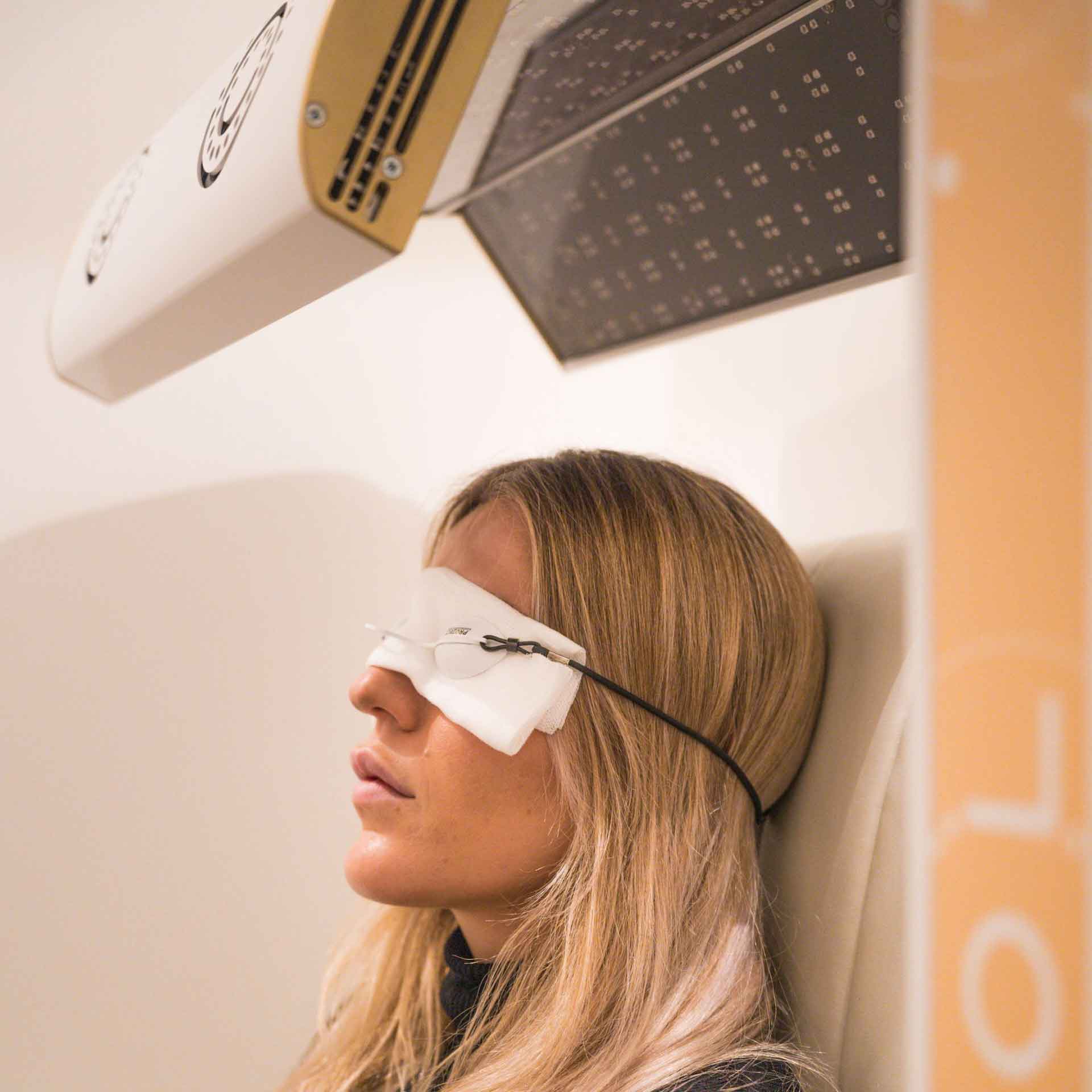Low-level laser therapy (LLLT) or photobiomodulation therapy has been around for some time. It has been in use since the middle of the 20th century. It is mostly used to
stimulate healing and reduce pain and inflammation. It is known to promote tissue regeneration and thus is widely used in managing sports injuries.
However, in recent years, its use for managing hair loss has also increased since it is excellent and safe for prolonged use and does not cause any side effects. Human hair grows slowly; thus, it is vital to identify safe treatment methods for prolonged use, which is why researchers are interested in LLLT. However, it is insufficient for any therapy to be safe; it must also work, as its use in clinical conditions can only be justified.
So, does laser treatment for hair loss work? There seems to be moderate-quality evidence that it works. This is evident from numerous clinical studies and an increasing number of
US FDA-approved devices for managing the condition.
LLLT is safe as it uses low-energy light of specific wavelengths. Thus, it uses wavelengths in the range of 500–1,100 nm, which experts call the
optical window of tissue. Light at this frequency is able to travel deep inside the tissues and modulate working cellular activity.
Although it is not fully known how LLLT or laser hair therapy works, few mechanisms have been proposed. It seems to alter the working of mitochondria, resulting in increased energy production. It seems to enhance local ATP production. It also boosts NO production and thus the local blood flow. It may even alter gene expression, resulting in higher production of certain beneficial compounds. It is also known to modulate immunity and reduce local inflammation.
There is a reason to believe that LLLT works. The US FDA has now approved many LLLT devices for hair growth. This approval is based on both safety data and clinical evidence. Moreover, LLLT is also clinically approved for treating injuries, inflammation, and degenerative conditions.
Numerous clinical studies have confirmed that LLLT works. For example,
a study by Andjela Egger and colleagues from Dr. Phillip Frost Department of Dermatology and Cutaneous Surgery, University of Miami Miller School of Medicine, Miami, Florida, USA, examined ten clinical studies regarding the use of LLLT for hair growth. Out of them, eight of the studies compared LLLT to sham treatment. The author concluded that there is significant evidence that the therapy is effective for treating pattern hair loss in both men and women.
To sum up, LLLT promotes hair growth and is good for treating hair loss. Although most studies have focused on androgenic alopecia, it is likely to help even if the cause of hair loss is different. This is because the device promotes hair growth irrespective of its cause. Of course, critics have noticed that most clinical studies regarding its use are not long-term, and many are small clinical studies. It is vital to understand that LLLT is just one of the ways to manage hair loss, and it works best when used along with other treatments.



